It is a hearty and nutritious stew made using chickpeas and a unique blend of spices that gives it a distinct flavor. Shimbra-Asa is a vegan dish that is perfect for those who are looking for a healthy and flavorful meal without the addition of meat.
We will explore the history and recipe of Shimbra-Asa and the ingredients and preparation methods used to make this delicious dish. This dish is rich in protein, fibre, and essential nutrients for maintaining good health.
During religious holidays and special occasions in Ethiopia, many households serve Shimbra-Asa as a staple dish. People often enjoy the dish with injera, a traditional Ethiopian flatbread that is handy to scoop up the stew.
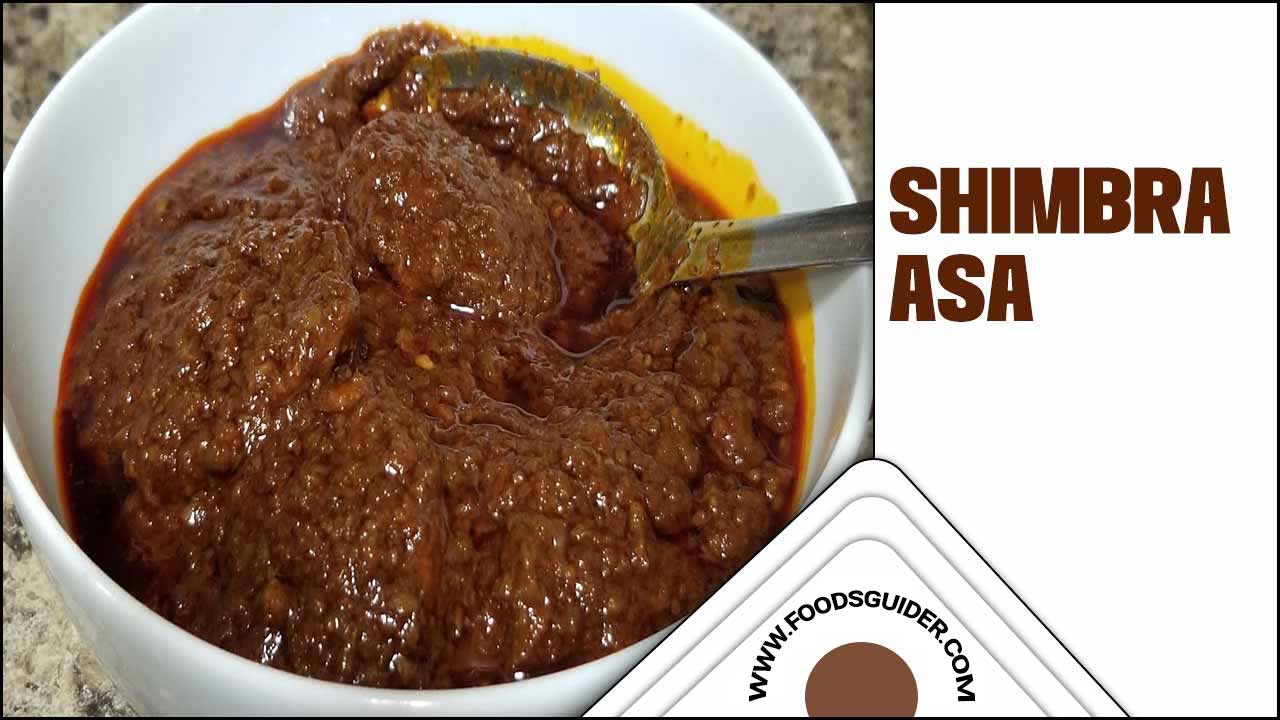
Cooking Shimbra Asa: A Step-By-Step Guide
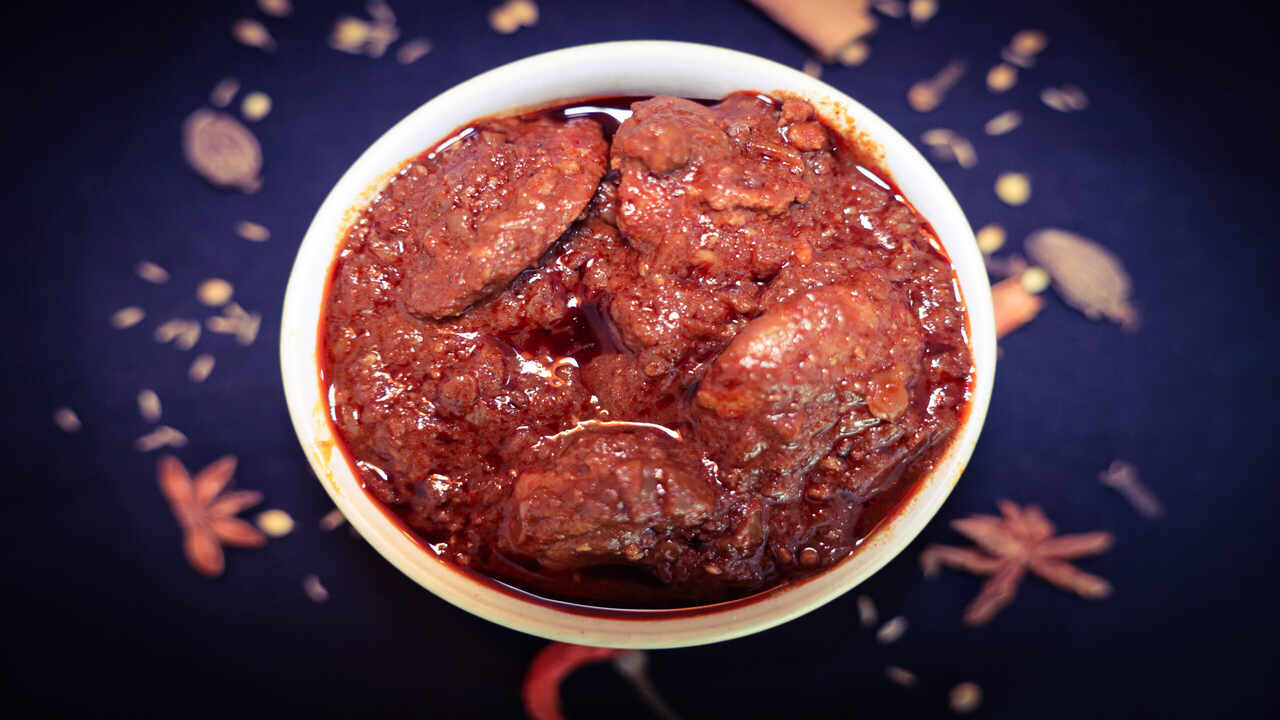
Cooking Shimbra Asa is a complex and time-consuming process requiring patience and skill. People make Shimbra-Asa, a traditional Ethiopian dish, from ground chickpeas and a unique blend of spices. It’s a popular vegan dish and gluten-free, making it an excellent meal option for those with dietary restrictions.
The making process involves soaking the chickpeas overnight. Grinding them into a fine paste, and then cooking the mixture with various spices and herbs. Restaurants typically serve the dish with injera, a sourdough flatbread that complements its rich, savory flavor. Below we provide full guidelines in detail.
Ingredients And Preparation
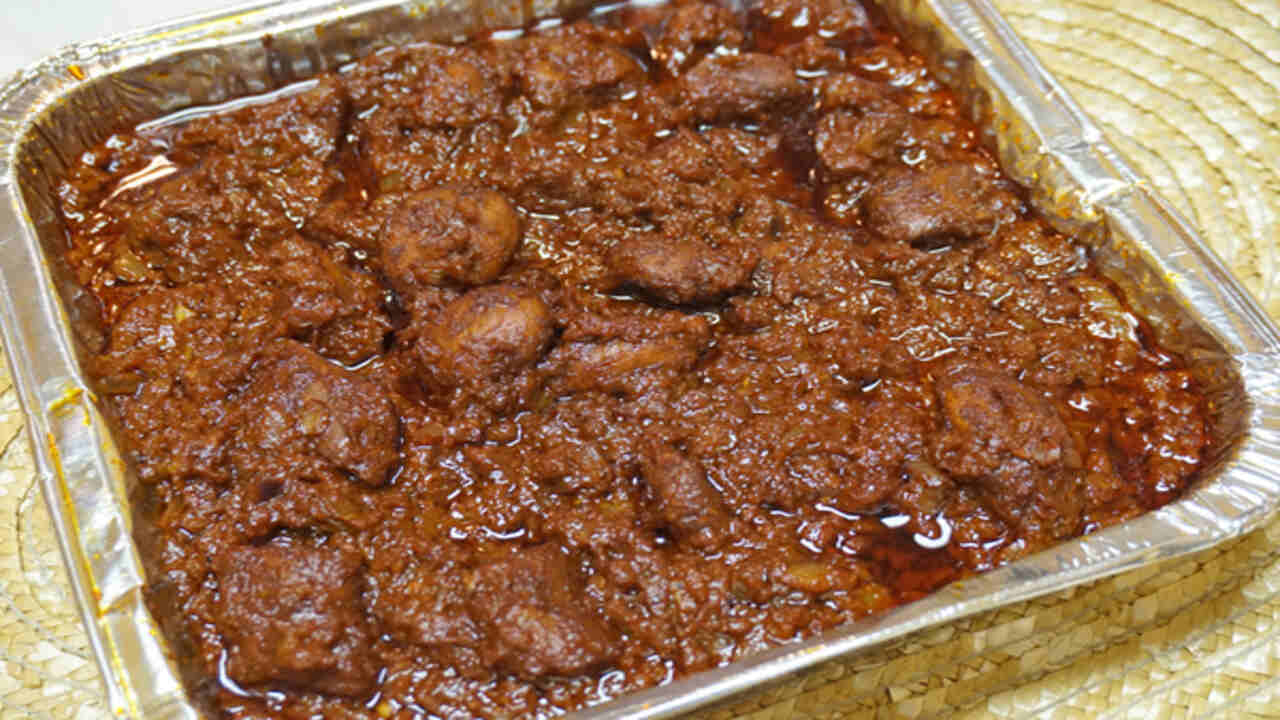
Knowing our food’s ingredients and preparation methods is critical for various reasons. Firstly, it helps us make informed choices about what we eat and how much we should consume. By understanding the components of a dish, we can determine whether it is healthy or not and whether it contains any allergens that we might be allergic to.
For instance, if someone is allergic to nuts. They can avoid dishes that contain them by simply reading the ingredients list. Secondly, knowing the preparation methods of a dish can also affect its nutritional value. For example, steaming or roasting vegetables retains more nutrients than frying them.
Leading to a loss of essential vitamins and minerals. Additionally, being aware of the ingredients and preparation methods can help us replicate a recipe at home and experiment with variations.
1. Main Ingredients
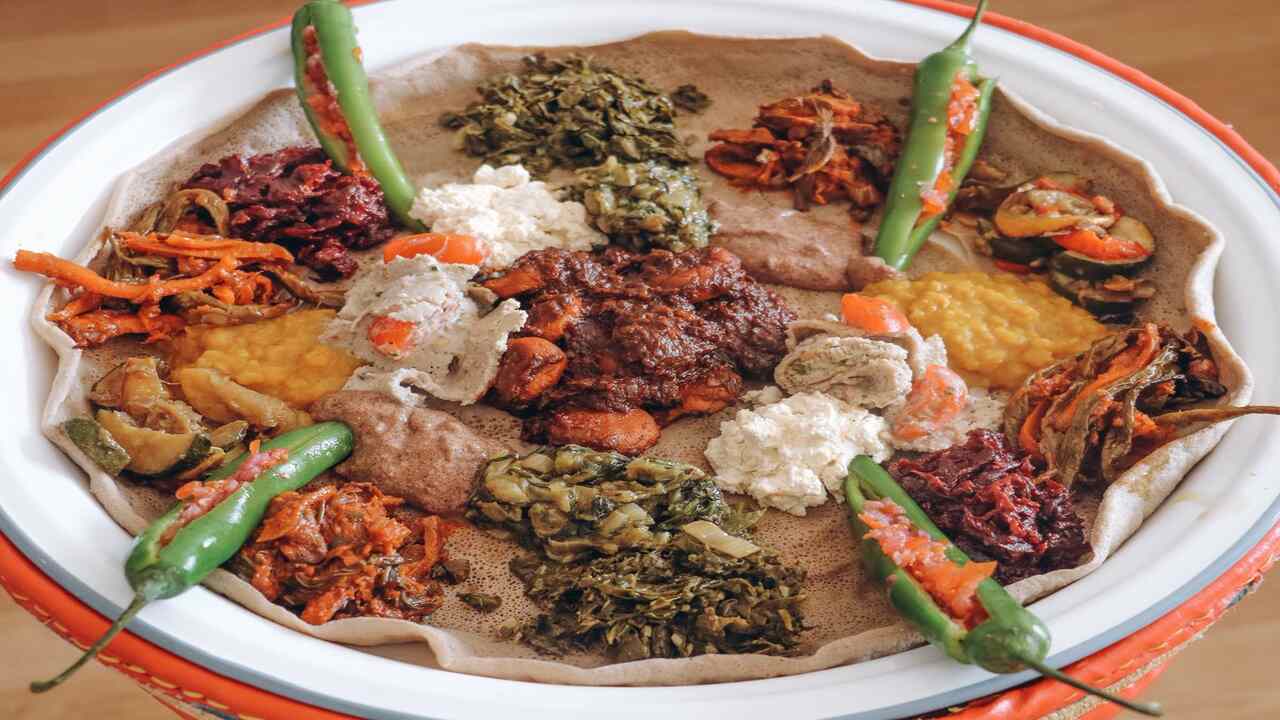
People prepare Shimbra-Asa, a traditional Ethiopian dish, by cooking a type of fish called Asa, native to the country, with a blend of herbs and spices after cleaning and cutting it into pieces using a few main ingredients.
The spices used in Shimbra-Asa vary depending on the region and the cook’s preference but typically include cumin, coriander, ginger, garlic, and turmeric. The cooking process for Shimbra-Asa can take up to an hour, and it requires a lot of patience and attention to detail.
2. Preparing The Asa Dough
Cooking Shimbra-Asa, a traditional Ethiopian dish, starts with preparing the Asa dough. The dough comes with Teff flour, water, and salt. The person making the dish kneads teff flour, a gluten-free grain native to Ethiopia that is popular for its high nutritional value until it becomes smooth and elastic.
They then shape it into small balls and flatten them into thin circles. After cooking, they remove the dough from the water and let it cool. Finally, they add onions, garlic, ginger, and spices to the fish mixture.
3. Making The Filling
Making the filling for Shimbra-Asa, a traditional Ethiopian dish, requires a precise combination of spices and ingredients. To begin, soak the chickpeas overnight and boil them until tender. While the chickpeas are cooking, prepare the onions, garlic, ginger, and tomatoes by finely chopping them.
Heat oil over medium-high heat in a large skillet and add the onions and garlic, sautéing until they are translucent. Next, add the ginger and tomatoes and cook for a few minutes until the tomatoes have softened.
Now it’s time to add the spices – cumin, turmeric, coriander, and chili powder – and cook for an additional minute, stirring constantly to prevent burning. Drain the cooked chickpeas and add them to the skillet, stirring to coat them in the flavorful spice mixture.
Rolling And Filling The Asa
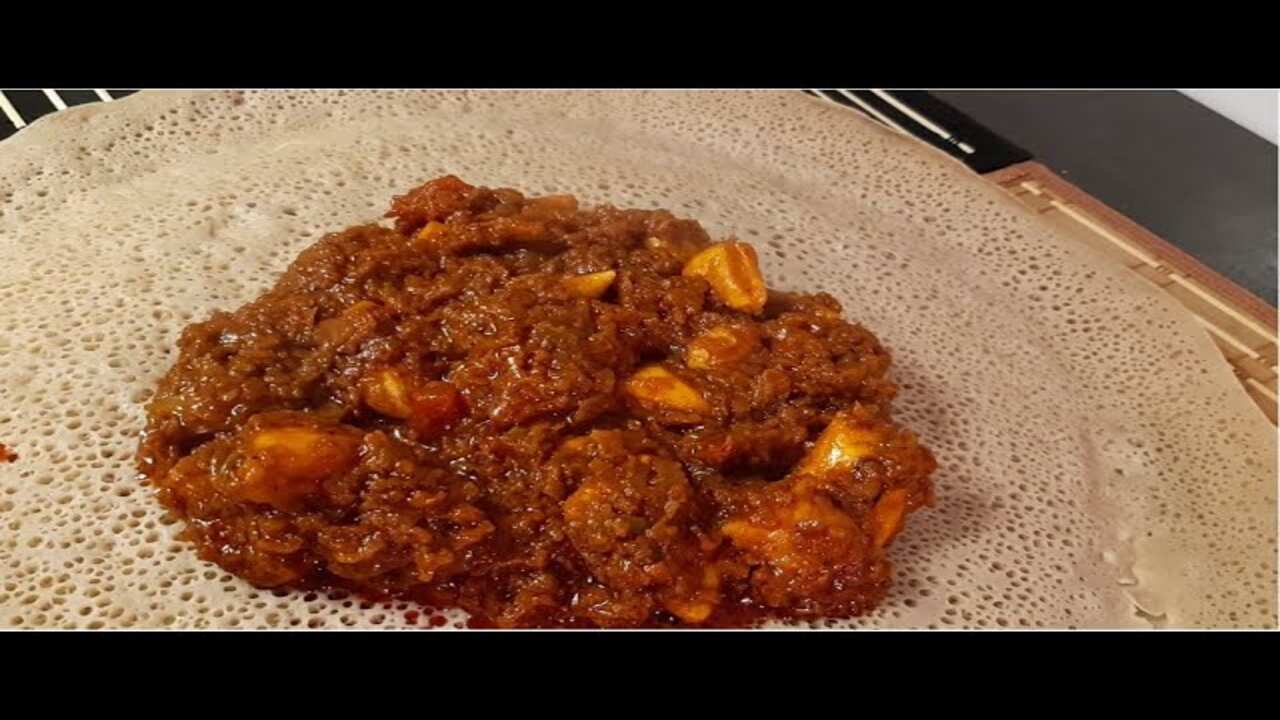
Anyone interested in smoking cigars must learn to roll and fill the Asa, the Spanish word for a cigar. Asa refers to a cylindrical bundle of tobacco leaves that people dry, ferment, and roll into a cigar shape.
Rolling and filling the Asa involves taking a handful of tobacco leaves and rolling them into a tight cylinder, then filling the center with a blend of tobacco leaves and other filler materials. Knowing how to roll and fill the Asa is important for several reasons. First, it allows you to create custom blends of tobacco that suit your personal taste and preferences.
1. Rolling The Asa Dough
Rolling the Asa dough is essential in cooking Shimbra-Asa, an Ethiopian dish made from ground chickpeas and spices. Soak the chickpeas overnight and grind them into a paste to prepare the dough. Then, mix them with various spices such as garlic, ginger, and chili powder.
Roll the dough into small balls and flatten them into discs. Finally, fry the discs in oil until golden brown. Rolling the dough requires patience and precision, as the balls must be of equal size and consistency to ensure even cooking. The result is a delicious and hearty vegetarian dish often served with injera, a sourdough flatbread staple in Ethiopian cuisine.
2. Adding The Filling
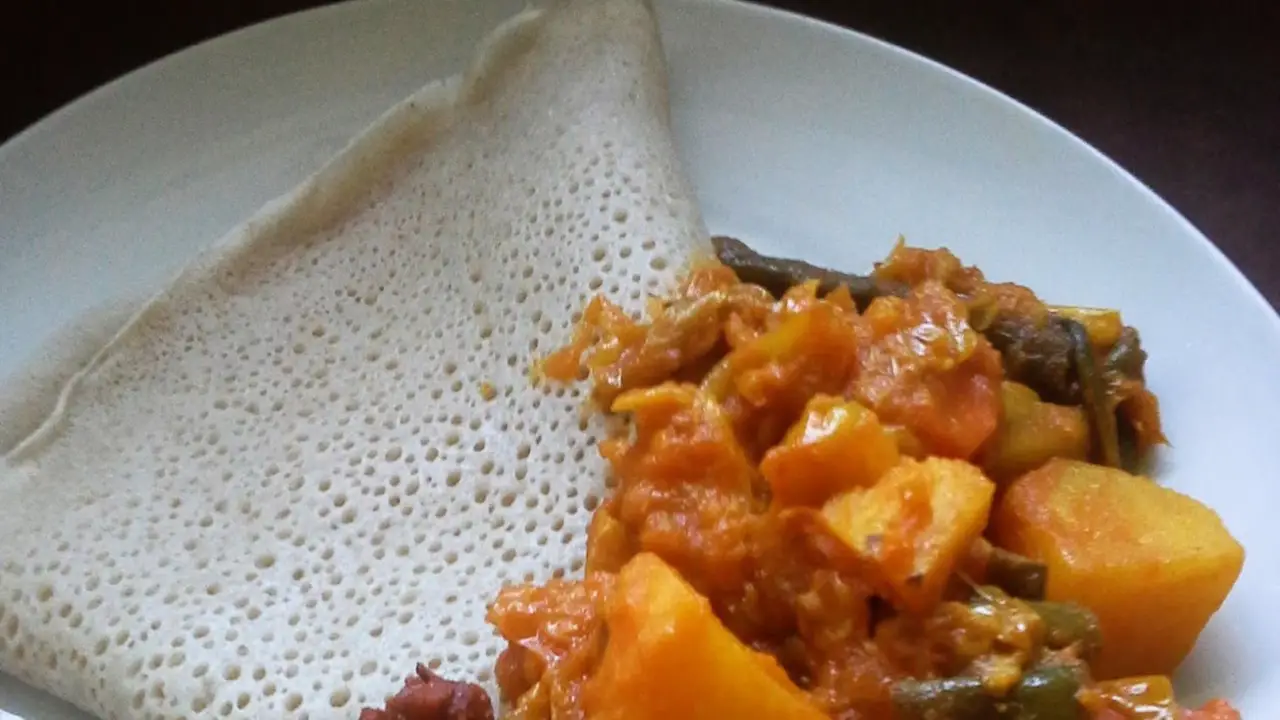
Adding the filling is the final step in cooking Shimbra-Asa, a traditional Ethiopian dish made with chickpea flour and spicy vegetable filling. The dish is a staple in Ethiopian cuisine and is a favorite among vegetarians and vegans. To make Shimbra-Asa, first, prepare the chickpea batter by mixing chickpea flour with water and spices.
First, steam the batter and cut it into squares. Then, make the filling with sauté onions, garlic, and tomatoes with spices and herbs. Mix this mixture with boiled potatoes and carrots, and mash it to create a thick and spicy filling. Spoon the filling into the center of each square and fold it over to create a small parcel.
3. Sealing The Asa
Sealing the Asa dish is an important part of cooking when preparing Shimbra-Asa. Shimbra-Asa is a traditional Ethiopian dish comes from ground chickpeas and spices, and it is a popular vegetarian dish in Ethiopian cuisine. The dish is covered with a lid or foil to seal the Asa and then placed on low heat for a few minutes.
This allows the steam to build up inside the pot, which creates a vacuum seal that locks in the flavors and aromas of the dish. Once the Asa has been sealed, it is left to cook on low heat for several hours until it is fully cooked and tender.
Cooking The Shimbra-Asa
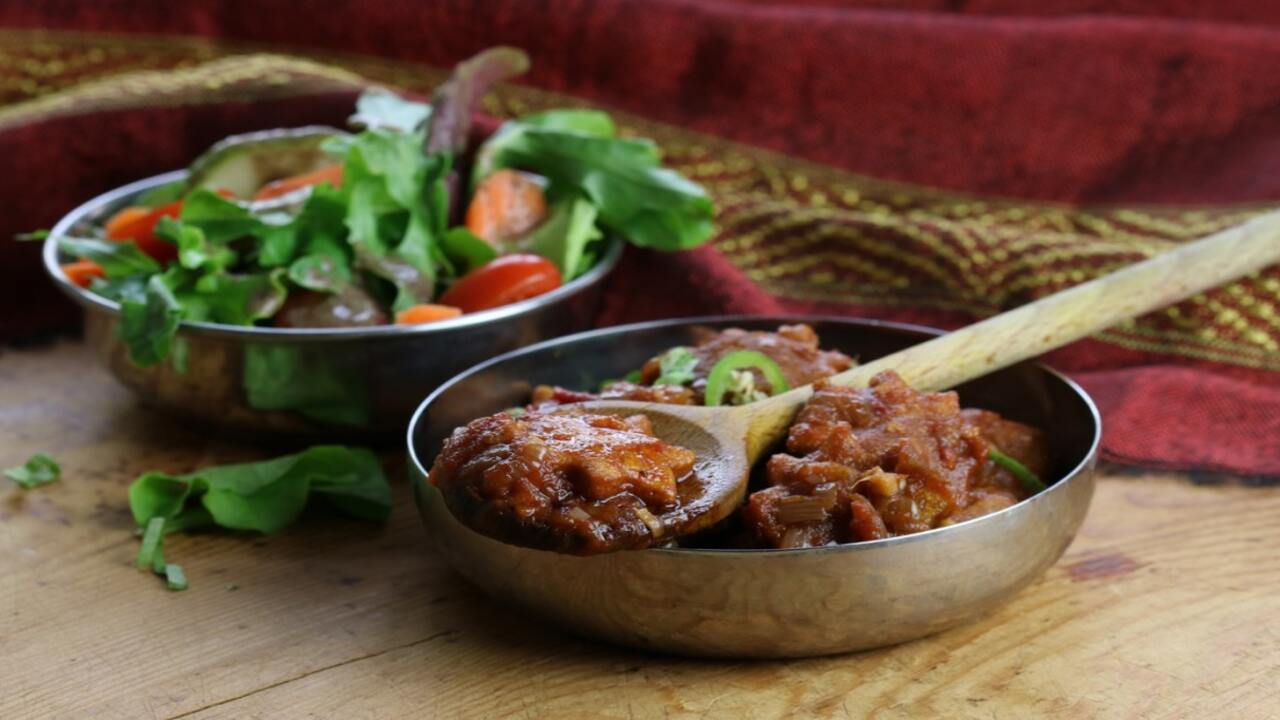
Cooking the Shimbra-Asa, also known as the Ethiopian Fish Stew, is a traditional dish in Ethiopia that many enjoy. The dish combines fish, vegetables, and spices to create a flavorful and hearty meal.
The fish is marinated in a mixture of spices and herbs, such as ginger, garlic, and turmeric, for at least an hour. Meanwhile, the vegetables, including onions, tomatoes, and carrots, are sautéed in a large pot until soft and fragrant. The marinated fish is then added to the pot, along with water or broth, and the mixture is left to simmer for about 30 minutes.
1. Boiling The Asa
Cooking Shimbra-Asa, a popular Ethiopian dish, requires that the Asa – a fish species – be boiled before preparing it. Boiling the Asa is a crucial step in the cooking process as it helps to remove any impurities that may be present in the fish. To boil the Asa, you first need to clean the fish thoroughly and then place it in a pot of water brought to a boil.
It is important to ensure that the water completely covers the fish to ensure even cooking. Once the fish has been added to the pot, let it boil for about 10-15 minutes or until it is fully cooked. After boiling the Asa, the next step is to prepare the Shimbra-Asa dish. There are several ways to cook Shimbra-Asa, but the most common method involves sautéing onions and garlic.
2. Preparing The Sauce
If you plan on cooking Shimbra-Asa, the Ethiopian dish made with chickpeas and fish, then preparing the sauce is an essential step. This sauce gives the dish unique flavor and richness, so it’s important to get it right. To start, gather all your ingredients: onions, garlic, tomatoes, tomato paste, and a variety of Ethiopian spices like berbere and paprika.
Begin by sautéing the onions and garlic in a large pan until they’re soft and translucent. Then, add the spices and stir well, allowing them to cook for a minute or two. Next, add the tomatoes and paste, stirring until everything is well-combined. Allow the sauce to cook for 10-15 minutes until it has thickened and the flavors have melded together.
3. Simmering The Asa In Sauce
Cooking Shimbra-Asa, a popular Ethiopian dish made from the Asa fish, requires a delicate touch to achieve the perfect flavor. One key step in preparing this dish is simmering the Asa in the sauce. To do this, start with a base of onions, ginger, and garlic that have been finely chopped and sautéed in oil until they release their aromatic flavors.
Then add the spices, such as turmeric and paprika, and let them toast for a few seconds before adding the tomato sauce. Let the sauce simmer for a few minutes to allow the flavors to meld together, then carefully add the Asa fish to the pot. The Asa should be seasoned with salt and pepper beforehand and gently placed into the sauce to avoid breaking apart.
Serving And Enjoying Shimbra-Asa
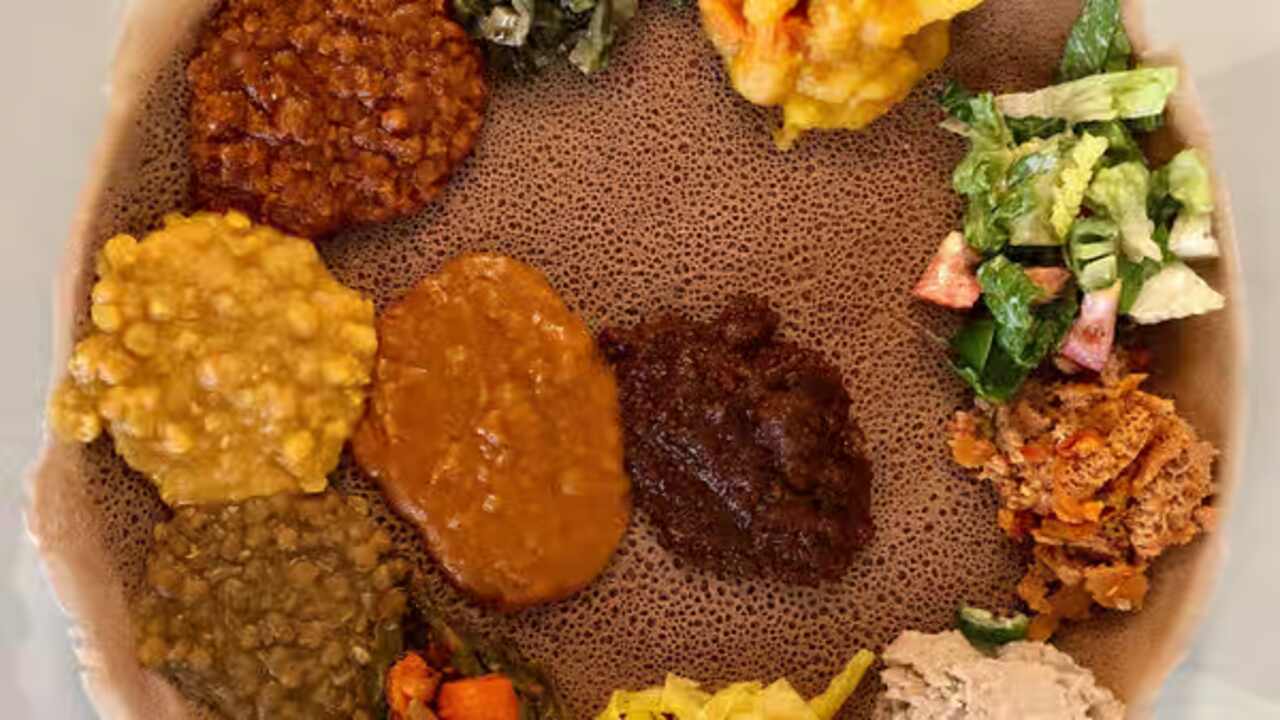
If you’re looking for a unique and flavorful dish to serve at your next dinner party, consider trying Shimbra-Asa, a traditional Ethiopian dish made from chickpea flour and spices. It is delicious and a fun and interactive meal to serve, as diners typically tear off pieces of the dough to dip into dipping sauces and stews.
To cook Shimbra-Asa, mix chickpea flour, water, and spices in a large bowl. Knead the dough until it’s smooth and pliable, then divide it into small balls. Flatten each ball into a pancake shape and cook on a hot grill until browned on both sides. To enjoy Shimbra-Asa, serve it alongside traditional Ethiopian accompaniments, such as spicy lentil stew, cabbage and carrot salad, and injera bread.
Variations And Tips For Perfect Shimbra-Asa
Shimbra-Asa, also known as chickpea fish, is a popular dish in Ethiopia. It is a delicious and nutritious stew made with chickpeas, onions, tomatoes, and a blend of spices. Like any dish, there are variations to Shimbra-Asa depending on personal preference and regional differences.
Some people add potatoes, carrots, or other vegetables to the stew, while others prefer to keep it simple. Regardless of the variations, there are tips to ensure a perfect Shimbra-Asa every time.
One tip is to soak the chickpeas overnight to ensure they are tender and cook evenly. Another tip is to use fresh ingredients, including spices. The spices give the stew its unique flavor, so it is essential to use high-quality spices and adjust the amount to taste.
Health Benefits Of Shimbra-Asa
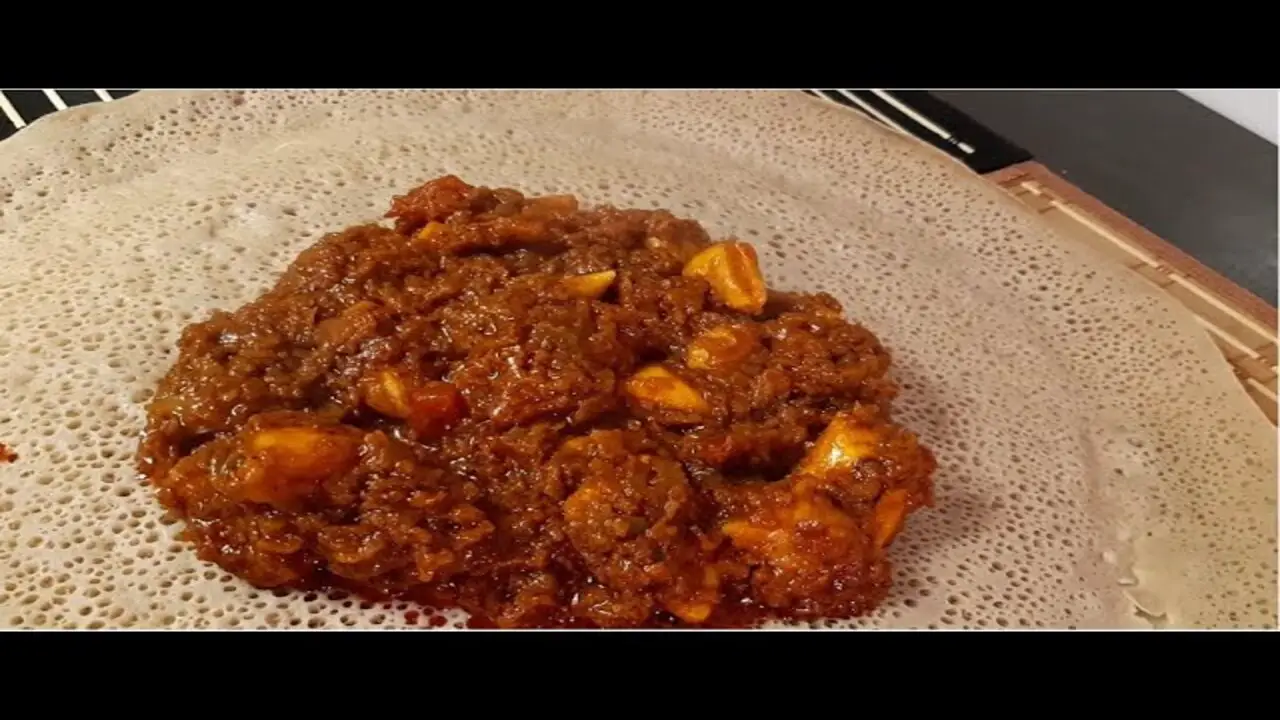
Shimbra-Asa, commonly known as the Ethiopian breadfruit, is a highly nutritious and delicious food that offers numerous health benefits. This fruit has been a staple food in Ethiopia for centuries and is now gaining popularity in other parts of the world.
It is an excellent source of protein, fiber, and vitamins, making it a perfect food for people looking to improve their health. The health benefits of Shimbra-Asa include improving digestion, reducing cholesterol levels, and managing blood sugar levels.
It is also rich in antioxidants that protect the body against damage caused by free radicals. Cooking Shimbra-Asa is easy, and there are many ways to prepare it. Here is a step-by-step guide to cooking Shimbra-Asa. First, wash the fruit thoroughly and cut it into small pieces.
Conclusion:
Cooking Shimbra Asa is not just a culinary experience but a journey through the rich history and cultural heritage of Ethiop Shimbra-Asaia. This traditional dish, with its chickpea dough and savory filling, symbolizes the spirit of community, celebration, and unity passed down through generations.
So, take this opportunity to embark on a gastronomic adventure, embrace the spirit of tradition, and relish the taste of Shimbra -Asa, knowing that you have mastered a piece of Ethiopian culinary artistry. Whether you prepare it for a special occasion or simply to experience the culture, Shimbra- Asa will undoubtedly leave a lasting impression on your taste buds and your heart.
FAQs
1.What Is Shimbra-Asa?
Ans: Shimbra-Asa is a traditional Ethiopian dish made from chickpea dough filled with a savory mixture. It holds cultural significance in Ethiopian cuisine and is enjoyed during special occasions and festivals.
2.What Are The Main Ingredients Needed To Make Shimbra-Asa?
Ans: The main ingredients for Shimbra-Asa include chickpea flour, onions, garlic, a mix of aromatic spices (cumin, cardamom, fenugreek), oil, water, and salt. To prepare Shimbra-Asa, the chickpea flour is mixed with water and spices to create a thick batter.
3.How Do You Prepare The Dough For Shimbra-Asa?
Ans: Mix chickpea flour with water to prepare the dough until you achieve a smooth, elastic texture. Allow the dough to rest for a while before using. Once the dough has rested, take a small portion and roll it out into a circular shape. Cut the dough into small pieces and shape them into small balls.
4.What Goes Into The Filling Of Shimbra-Asa?
Ans: The filling consists of sautéed onions, garlic, aromatic spices, and chickpeas. These ingredients are combined to create a savory and flavorful mixture. The mixture is then spooned onto the rolled-out dough, folded over and crimped to seal the edges.
5.How Do You Assemble The Shimbra-Asa?
Ans: Divide the rested dough into small balls and roll each ball into thin, circular sheets. Add a spoonful of the filling onto each circular sheet, fold the edges over the filling to create a half-moon shape, and seal the edges firmly.